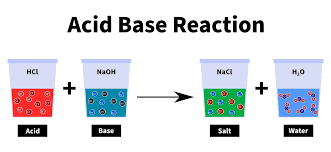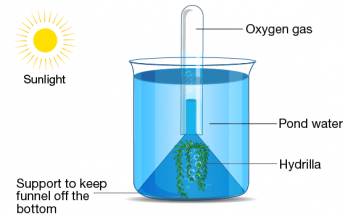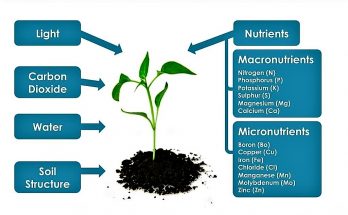
Class 7 science -Chapter 5-Acids, Bases and Salts – Definition and Explanation of Important Keywords
Class 7 Science Chapter 5 delves into Acids, Bases, and Salts, demystifying their definitions, examples, and properties. Acids are sour, turn litmus red, and release H+ ions, whereas bases are slippery, turn litmus blue, and release OH- ions. Neutral substances balance acidic and basic traits, while neutralisation forms salts through acid-base reactions, crucial in everyday applications.
Class 7 science -Chapter 5-Acids, Bases and Salts – Definition and Explanation of Important Keywords Read More


